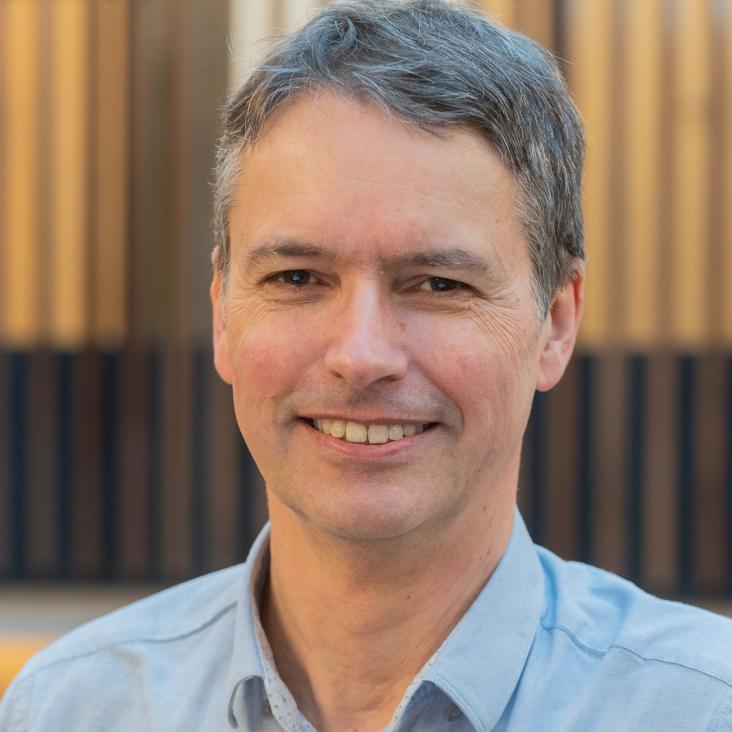A 325 Square Degree Survey of B-Type Stars at High Galactic Latitudes
The Astrophysical Journal American Astronomical Society 447 (1995) 783
The ESO Key-Programme ``A Homogeneous Bright QSO Survey'' - I The Methods and the ``Deep'' Fields
ArXiv astro-ph/9505133 (1995)
Abstract:
This is the first paper in a series aimed at defining a statistically significant sample of QSOs in the range $ 15 < B < 18.75$ and $ 0.3 < z < 2.2$. The selection is carried out using direct plates obtained at the ESO and UK Schmidt Telescopes, scanned with the COSMOS facility and searched for objects with an ultraviolet excess. Follow-up spectroscopy, carried out at ESO La Silla, is used to classify each candidate. In this initial paper, we describe the scientific objectives of the survey; the selection and observing techniques used. We present the first sample of 285 QSOs ($M_B < -23$) in a 153 deg$^2$ area, covered by the six ``deep'' fields, intended to obtain significant statistics down $B \simeq 18.75$ with unprecedented photometric accuracy. From this database, QSO counts are determined in the magnitude range $ 17 < B < 18.75$.AN IMAGING K-BAND SURVEY - II: THE REDSHIFT SURVEY AND GALAXY EVOLUTION IN THE INFRARED
ArXiv astro-ph/9502094 (1995)
Abstract:
We present a redshift survey of 124 galaxies, from an imaging $K$-band survey complete to $K\simeq 17.3$. The optical-to-infrared colours are consistent with the range expected from synthetic galaxy spectra, although there are some cases of very red nuclei. Our data show no evidence for evolution of the $K$-band luminosity function at $z<0.5$, and the results are well described by a Schechter function with $M_K^*=-22.75\pm0.13+5\log_{10}h$ and $\phi^*=0.026\pm0.003 h^3 {\rm Mpc^{-3}}$. This is a somewhat higher normalization than has been found by previous workers, and it removes much of the excess in faint $K$ and $B$ counts with respect to a no-evolution model. However, we do find evidence for evolution at $z>0.5$: $M_K^*$ is approximately 0.75 mag. brighter at $z=1$. This luminosity evolution is balanced by a reduced normalization at high redshift. The overall evolution is thus opposite to that expected in simple merger-dominated models.A new candidate brown dwarf from an infrared survey
Monthly Notices of the Royal Astronomical Society Oxford University Press (OUP) 270:1 (1994) l47-l51
An imaging K-band survey - I. The catalogue, star and galaxy counts
Monthly Notices of the Royal Astronomical Society Oxford University Press (OUP) 266:1 (1994) 65-91


